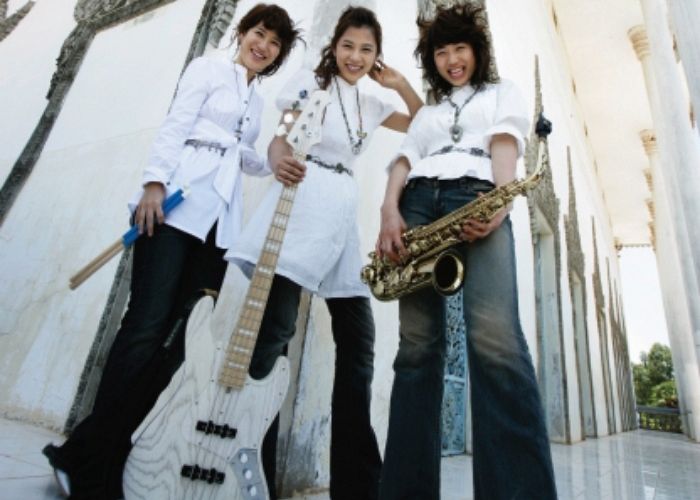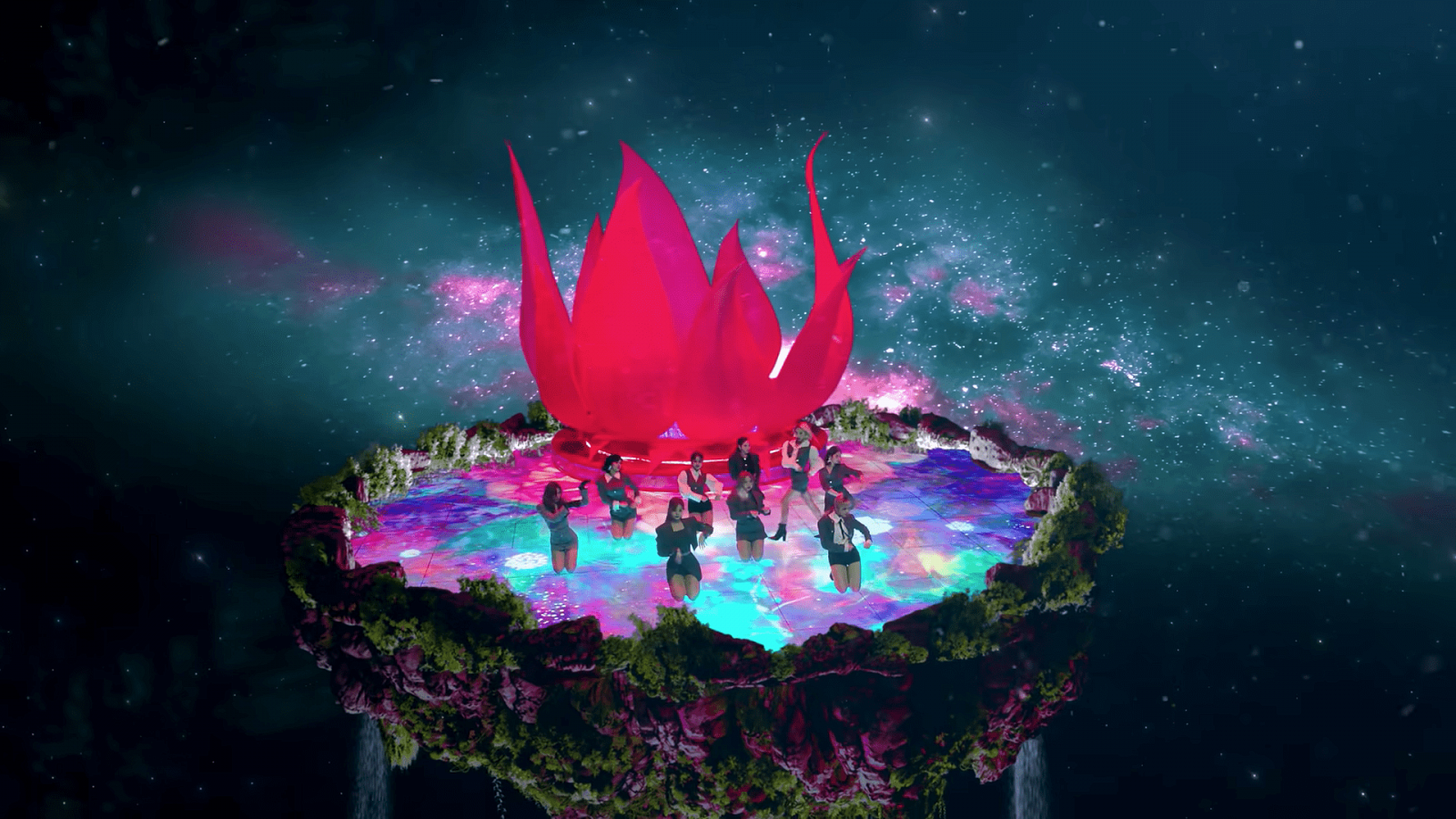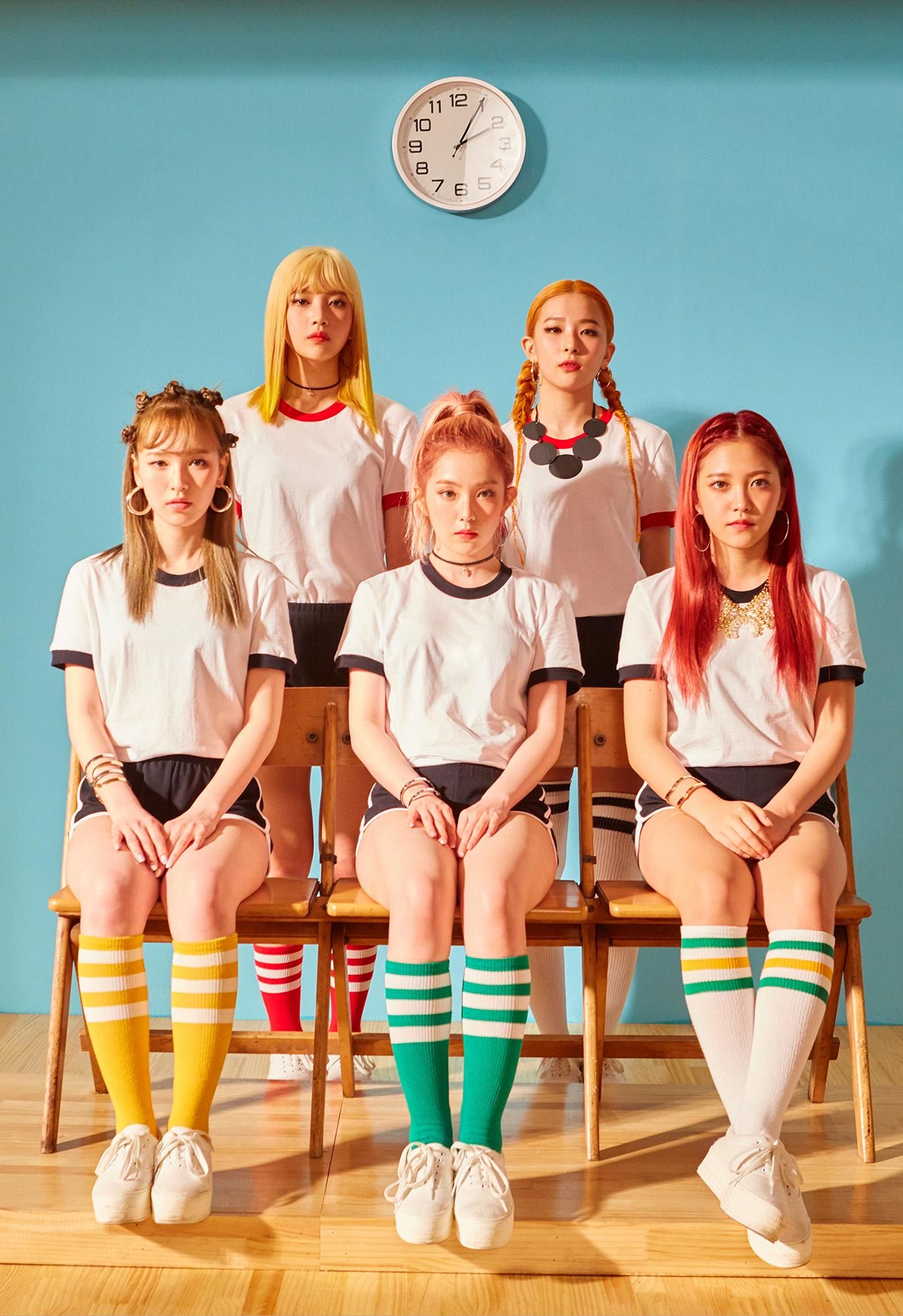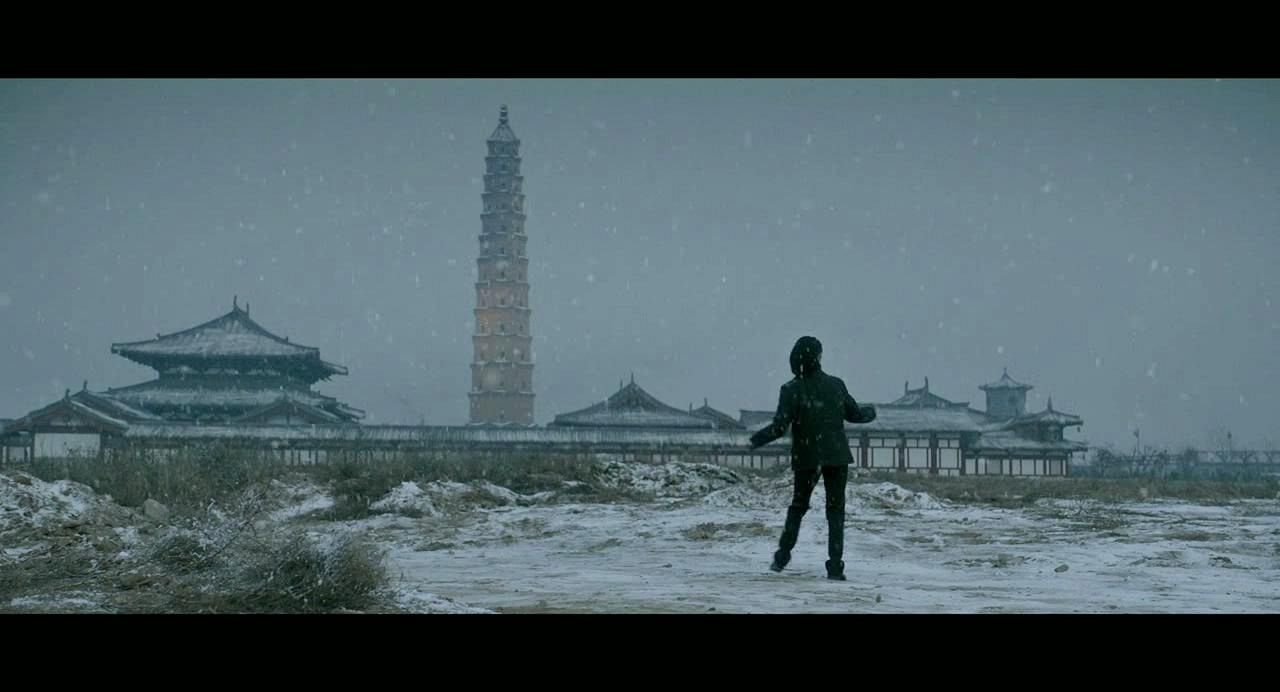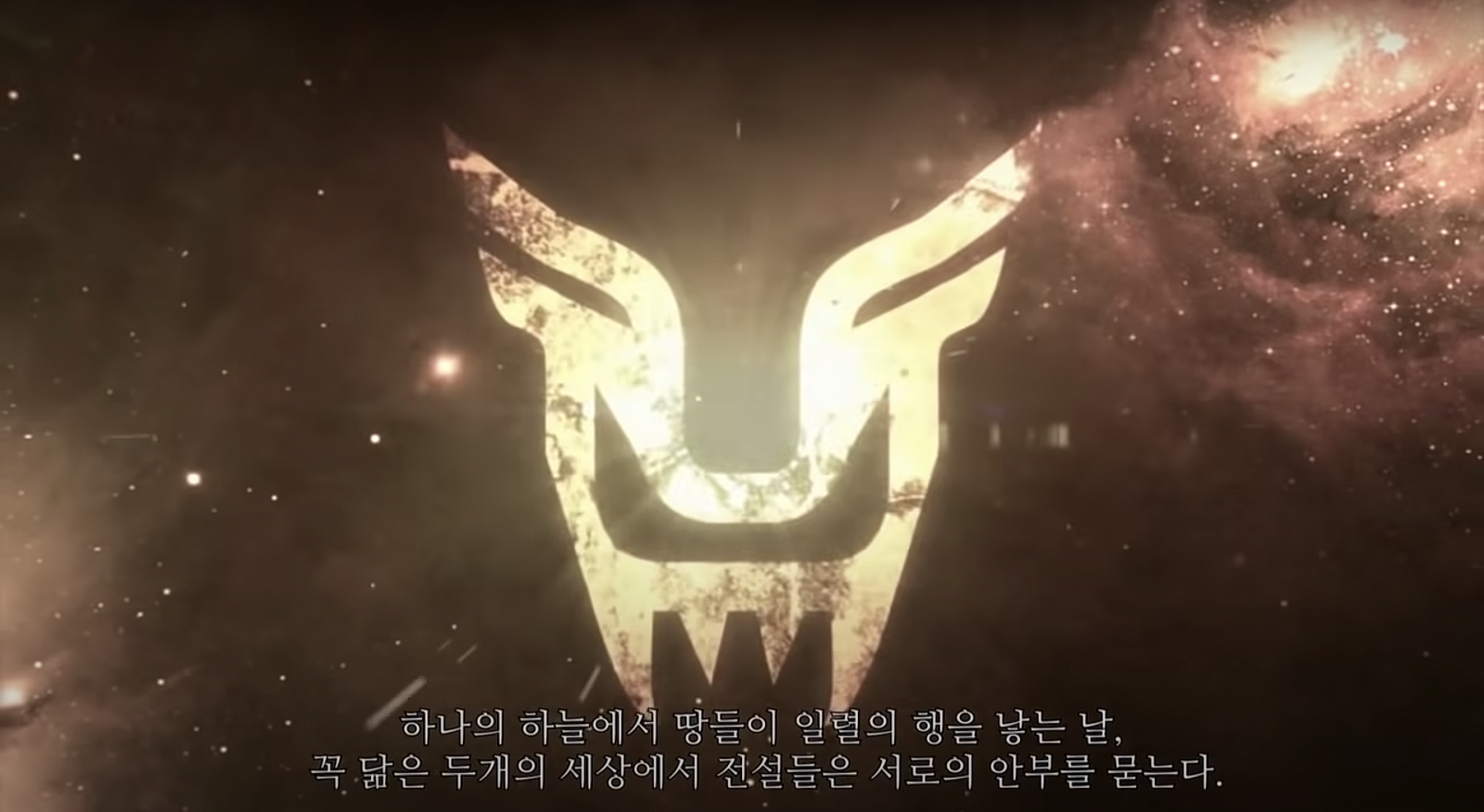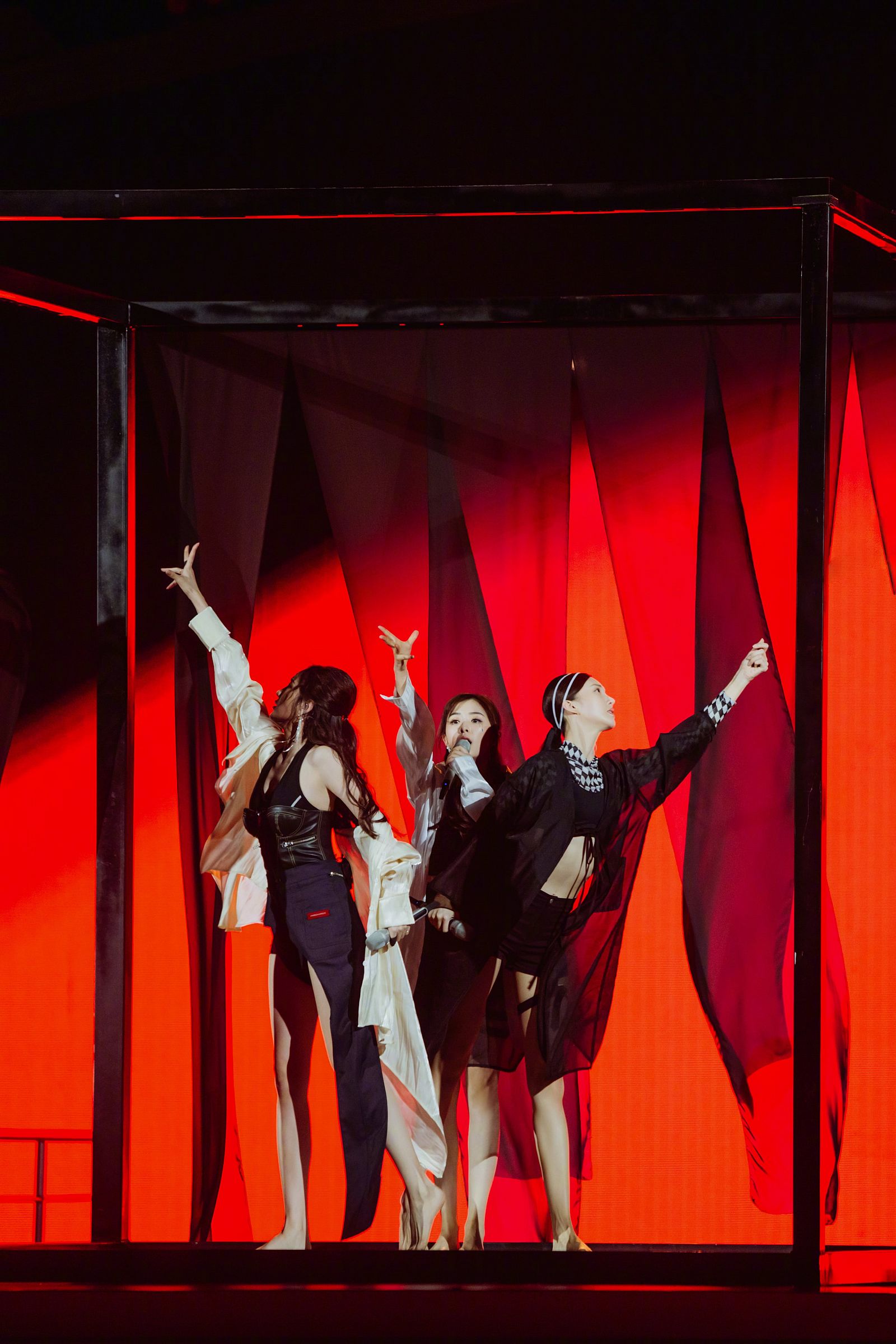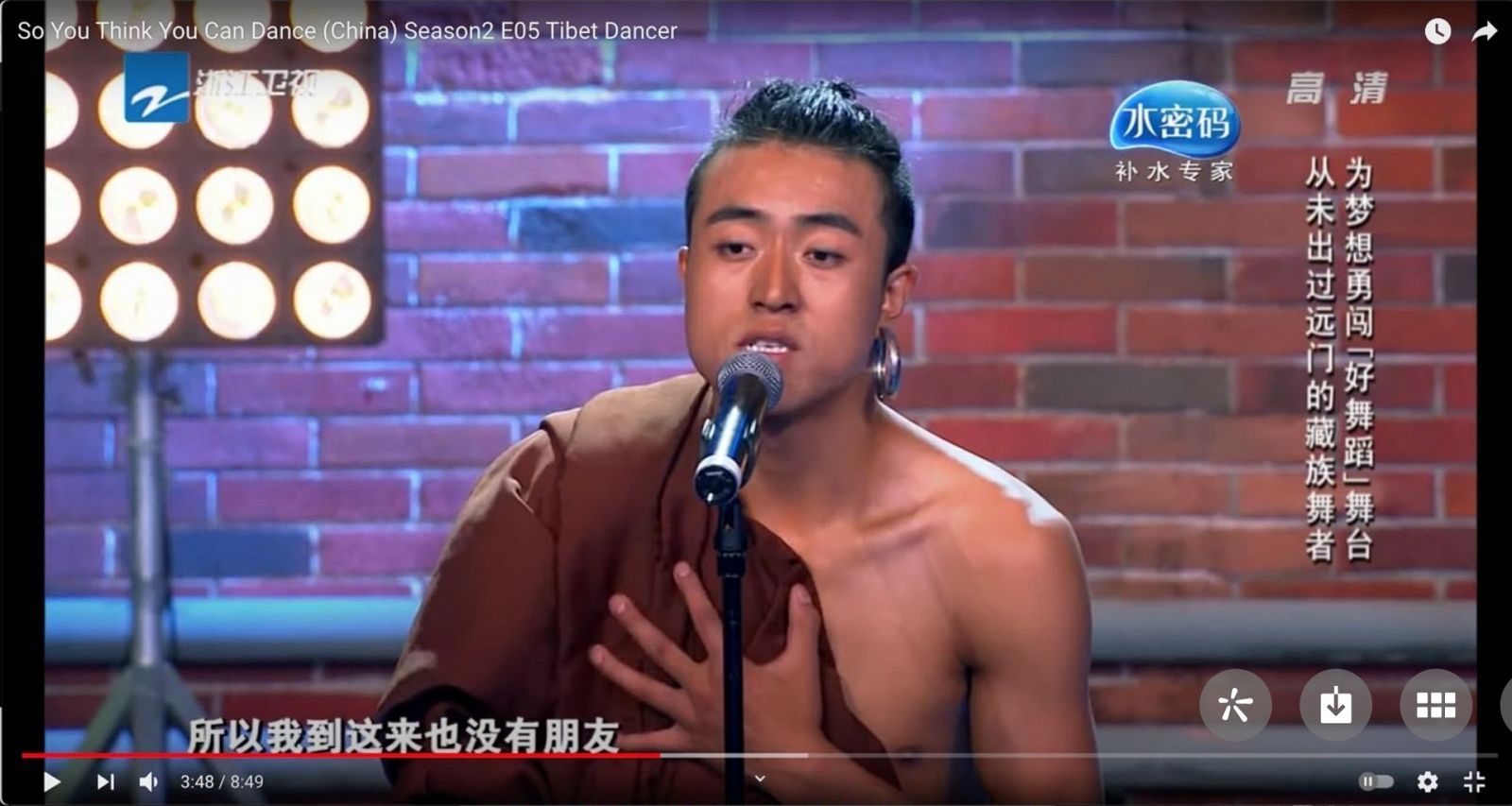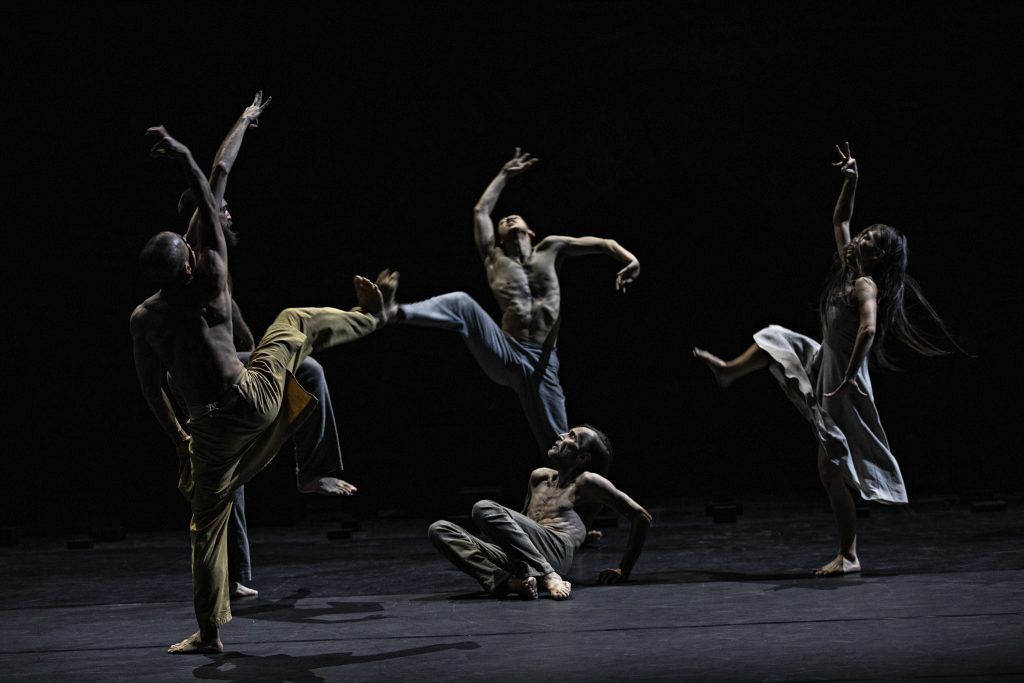How did K-pop—that musical genre so hard to define, so malleable and adaptable—become the cultural epicenter of many forms of dance today? Any attempt to characterize its qualities seems superfluous or myopic as the vast array of dance groups today display a range of identities and aesthetics that go from domestic TikTok to the operatic all within a song. From the early clips of YG, also known as Yang Hyun-Suk, dancing in a small, poorly lit studio in the ‘90s to the latest virtual spaces of debuting groups today, the development of K-pop dance offers intriguing insights into the ways gender, love, piety, and desire broke free from a dogmatic Confucius modernism.
At the turn of the 1990s, Korea was a hotbed for punk bands, amateur musicians whose abilities to link psychedelia with stark social commentary paved the way for the critique of patriarchal norms. Take the song “Arcade” by Han’s Band, for example, which Bang Si-hyuk, founder of Big Hit Entertainment, often cites as an influence. The iconic lyrics “Today’s headlines say / There are many dads in the arcade” speak of the adolescent gaze of a father skipping work in order to play games, skirting over the reality of the unemployment crisis in the ‘90s. The ironic tragicomedy of young kids across Korea taunting their depressed and unemployed fathers reverberates in K-pop’s narcissistic consumption of affect.
This narcissism is mapped out in philosopher Byung-Chul Han’s The Agony of Eros, in which eros becomes a revolutionary desire for a wholly new mode of existence and showing love. Love, as he defines it, is a transcendental freedom of infinite choice and propensity for ultimate perfection. If perfection is possible, the self becomes one’s biggest focus in pursuits of love, while value is placed in markers of success and self-hacks as one extends one’s subjectivity outwards. In the case of the nuclear family or monogamy, the other participants in the love agreement are not valued for their free character but what they can offer for the lover. Love is no longer valued for the journey of self-transformation but the consumability of the loved’s agential capacities.
Part of K-pop’s influence beyond other transcultural pop cultures is its ability to survive and adapt in volatile environments of desire. K-pop allows itself to be consumed. It constantly copies and welcomes emulation. It escapes the post-structuralist violence of representation that narcissistic love demands of identity. As the lover encounters K-pop, K-pop plays with the conditions of the lover’s game. By the 2000s, K-pop dance provided itself as a flexible mediator of collective affect for a rising youth middle class with a hunger for new stimulation. K-pop choreographers placed less emphasis on the machismo of Western hip hop in the early ‘90s in order to make their idols more consumable. They departed from an aggressive masculinity—perhaps only suited for a dance battle—for a dramaturgical structure that incorporated the fantasy of Broadway with heightened attention towards choreographing the face. A readable smile became a zone of desire and a marker of consumability, creating a space for an idol to give up subjectivity and allow his or her body to be commodified. Bodies were then able to intermingle with the visuality of K-pop production design in order to propose decontextualized hybridized identities.
This sweatless hyper-articulation and stimuli-inducing mode of movement were combined with choreographies that had the geometric sophistication of minimalism and the affective impact of folk dance. Take Twice’s “I Can’t Stop Me,” in which formal patterns of interior and exterior spaces found in communal folk dance turn into the impactful images found in lotus dances, all bridged by formations and steps that rival the precision of choreographer Lucinda Childs. In contrast to minimalism and folk dance, movement in Twice’s choreography is extended to go beyond the prosaic in order to incorporate the latest dance trends. Time is stuffed instead of stretched, as every note in the eight-count is put to use, almost to the breaking point.
Contextual malleability opens this mode of choreography to be taken in by other countries. In a recent example, Red Velvet’s “Russian Roulette” has seen its chorus steps go viral through TikTok videos with different soundtracks all over the world, interrupting the unidirectional flow of commercial appropriation. Hybridized notions of identities break down totemic modernist dance histories in which ethnic minorities were once fetishized for the purpose of nationalization.
One main site where this happens is reality dance TV in China, shows that feature trendsetter Jin Xing, a transgender dance icon and arguably the foremost voice of modern dance in China. Though frequently overlooked for her lack of criticality, Jin trained in New York at the same time as Trisha Brown, Bill T. Jones, and Anne Theresa de Keersmaeker, three pioneers of postmodern dance that took the experiments of the Judson Church in divergent expansive paths. Critics claim Jin is caught up in the narcissistic demands of millennials when she serves as a judge on mass TV, but it’s undeniable that her quick wit and piercing criticism mediate between popular audiences and the frustrated desires of Chinese dancers trained in revolutionary schools of dance. More and more disillusioned young Chinese choreographers choose the television and movie stage to explore their grievances. One famed example is the arthouse icon Zhao Tao, wife of filmmaker Jia Zhangke who has appeared in many of his movies. Zhao’s emotional explorations range from the fading optimism of the last member of a dance troupe at the turn of the millennium to characters whose love is constantly betrayed by a process of globalization that severs value and connection.
Another case is Victoria Song of girl group f(x), who was discovered at Beijing Dance Academy. On YouTube is a 2007 student performance in which she performed works featuring song, costume, and dance that appear to be influenced by a dogmatic reinvention of spirituality. This antiquated dramaturgical concern is found in Asian modern dance companies like Cloud Gate Theater and Tao Dance theater, as well as in the works of Akram Khan and Sidi Larbi Cherkaoui, in which choreography and movements are bound to modernist Graham and Horton technique with a bit of ethnic folk dance—a diversity of origin stories that link choreographers with deep historical knowledge. However, more resonant with the out-of-joint temporality and spiritual vacuity of contemporary Asia is the origin story of K-pop boy band EXO, in which amnesic aliens arrived on Earth following the 2008 financial crisis.
Recently in 2020, a new reality show called Sisters Who Make Waves premiered in China, a competition in which celebrities over the age of 30 compete to form a girl group. In parallel to thematic concerns over relevance and the control of one’s image, choreographies in the show allowed highly signified bodies the freedom to break down the parameters in which their bodies are usually read. The choreographies in Sisters Who Make Waves don’t require unisono precision, nor are they structurally challenging. Instead they question dance’s fetishization of youth. It’s a type of imagining that engages identity and youth not to provoke guilt or anxiety about aging, but rather positions youth as a subculture not bounded by time—in doing so, the ethos of the show offers more room to project the self.
In stark contrast to this is So You Think You Can Dance (China), which Jin Xing judges, a show in which young, hyper-articulate athletic bodies choose the television stage to voice their anxieties about the depth of their practice. In this sphere, media’s intoxicating pull brings individuals to the reality TV stage to search for meaning. One episode featured a Mongolian dancer performing traditional repertoire to hip hop music. This act was followed by his speaking to the judges about the loneliness of being in a big city, all while a skincare advertisement was overlaid on his televised body. As he voiced his most earnest attempts for spiritual reckoning, the judges diffused the anxiety by bringing the audience to cheer, temporarily drowning his melancholy.
Alvin Tran is an artist and choreographer that works in national dance troupes, music videos, and museums.
